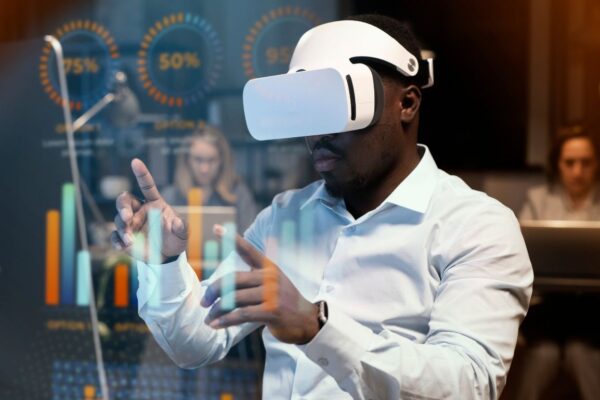
DigitalNewsAlerts: The Ultimate Tool for Curating Customized News Updates
Are you tired of sifting through endless news updates to find the stories that truly…

Are you tired of sifting through endless news updates to find the stories that truly matter to you? Say goodbye to information overload and hello to DigitalNewsAlerts, your ultimate tool for personalized news curation. Stay ahead of the curve with real-time updates on breaking news tailored just for you. Let’s dive into how this game-changing…

Are you ready to turn your innovative idea into a thriving business venture? Look no further than http:// entretech.org. The platform designed to ignite the spark of entrepreneurship and drive innovation. In a world where creativity and originality reign supreme, Entretech stands out as a beacon for aspiring entrepreneurs looking to make their mark in…

Step into the enchanting world of RusticoTV, where rustic charm meets modern elegance in a celebration of timeless style. If you’re a lover of all things cozy, nostalgic, and effortlessly chic when it comes to home decor.Then RusticoTV is your ultimate destination. Get ready to immerse yourself in a curated collection of unique and high-quality…

Welcome to the exciting world of Intellisient Technologies, where innovation meets intelligence to shape the future of smart living. From transforming our homes into intelligent hubs to revolutionizing entire cities with cutting-edge solutions. Intellisient Technologies is at the forefront of a technological revolution that promises to enhance efficiency. Sustainability, and convenience like never before. Join…

The electrifying world of music sensation, Rzinho – a rising star in the realm of electronic beats and pulsating rhythms. Get ready to dive deep into his unique soundscapes, innovative production techniques, and groundbreaking impact on the music scene. Join us on a journey through the mesmerizing universe of Rzinho’s artistry as we explore his…

Are you tired of encountering frustrating game restrictions that prevent you from accessing your favorite online games? Look no further! In this blog post, we will unveil the ultimate tips and tricks for bypassing these barriers and unlocking a world of unlimited gaming possibilities. Say goodbye to limitations and hello to unrestricted gaming with our…

Step into a world where time slows down, and every moment is savored like a precious gem. Welcome to //liveamoment.org, where we delve into the art of embracing the present and rediscovering life’s true essence. In a fast-paced world filled with distractions and constant busyness, it’s easy to lose sight of what truly matters. Join…

To the vibrant world of /redandwhitemagz.com, where passion meets pride in a celebration of all things Red and White! Join us on a thrilling journey through the heart and soul of dedicated fans who live and breathe for their beloved colors. Get ready to immerse yourself in exclusive content, captivating stories, and exciting interviews that…

Are you ready to embark on an exciting journey from beginner to expert in the world of SSIS 816? Buckle up as we dive into the depths of this powerful data integration tool, uncovering its secrets and unlocking its full potential. Whether you’re just starting out or looking to take your skills to the next…

Welcome, food enthusiasts and wanderlust seekers! Are you ready to embark on a culinary journey through the diverse flavors of Europe? Look no further than intrepidfood.eu. Your ultimate guide to exploring everything from street eats to fine dining across the continent. Get ready to tantalize your taste buds and satisfy your cravings for delicious European…